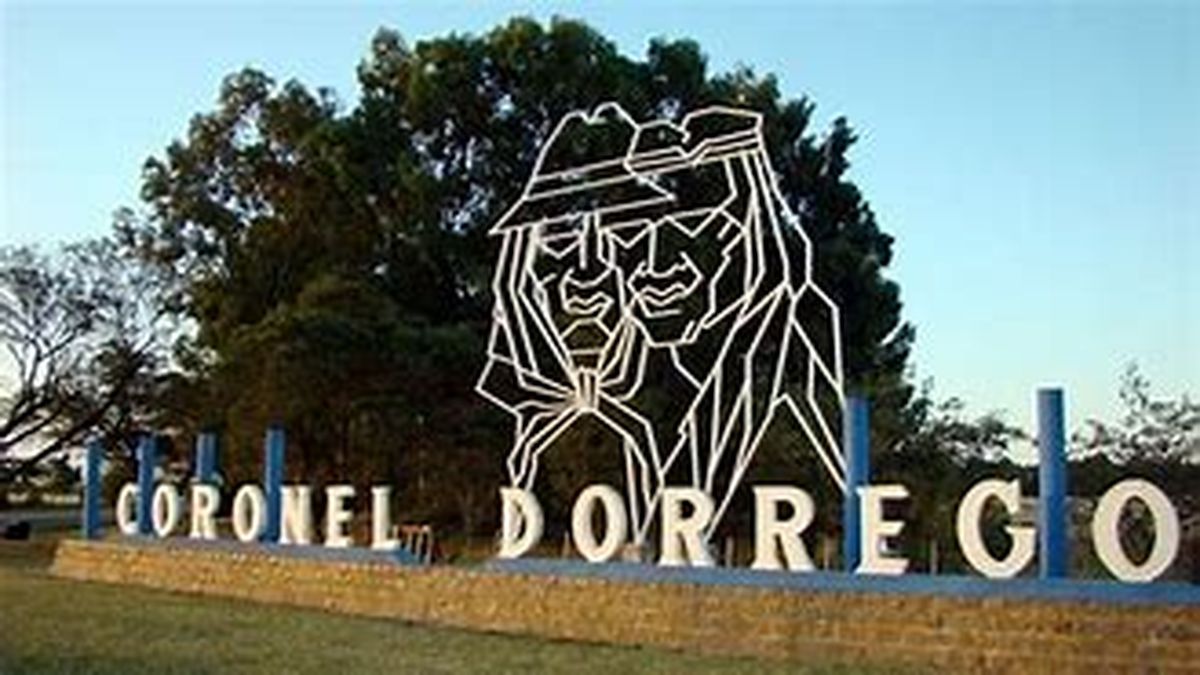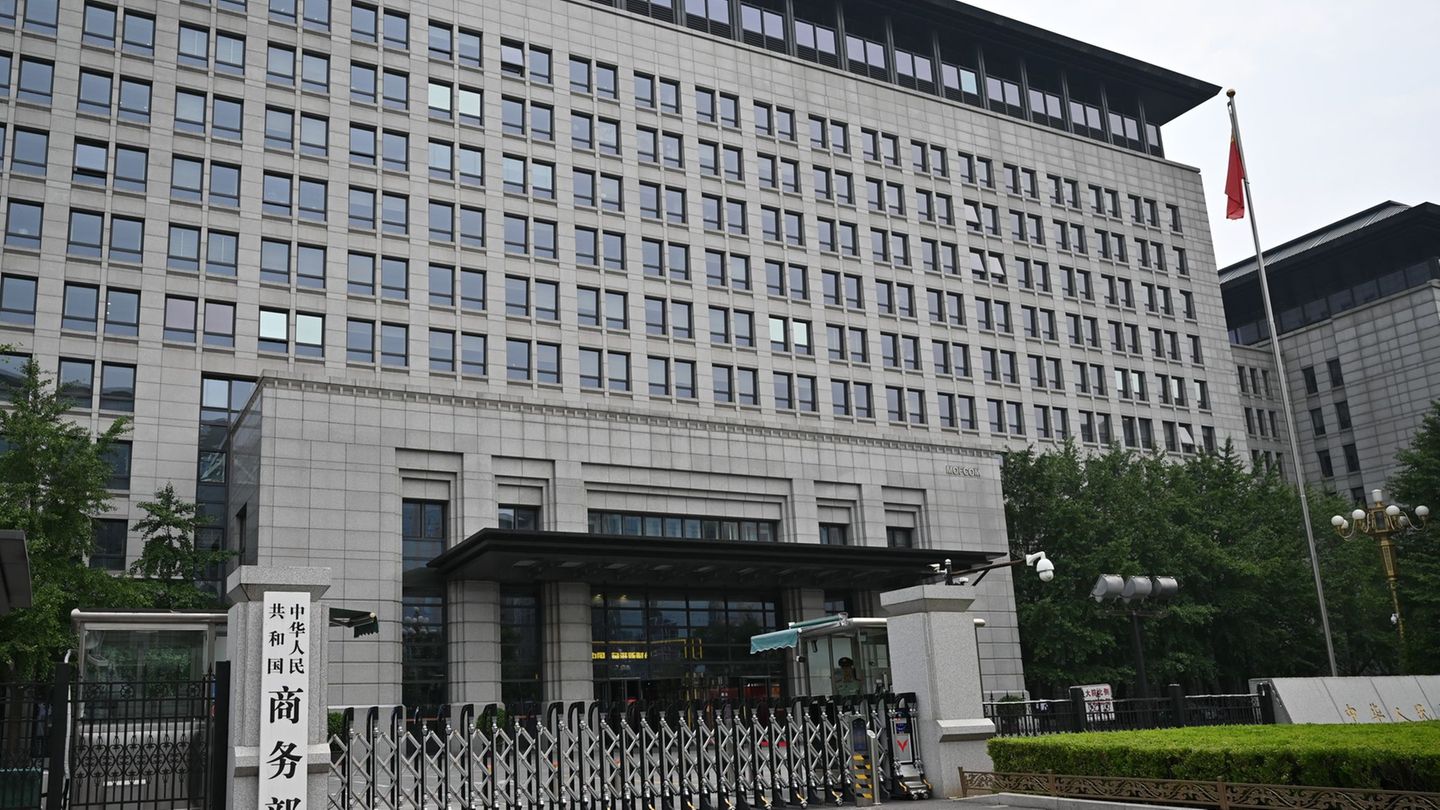Coronel Dorrego is located in the south of the province of Buenos AiresIt is the capital of the Coronel Dorrego district, which borders the Coronel Rosales district to the west, Coronel Pringles to the north, Tres Arroyos to the east, and Monte Hermoso and Mar Argentino to the south.
It was founded on December 29, 1887, and all the inhabitants gather in the central square to celebrate it. Although it was not until April 9, 1890 that the authorities were installed in the “Coronel Dorrego Agricultural Center”, giving rise to the town.
What activities can I do in Coronel Dorrego, province of Buenos Aires?
colonel dorrego.jfif
Infoheaven
Provincial Olive Festival
A holiday that It takes place at the end of March, and throughout the year you can visit the production facilities. that invite you to tour the plantations, enjoy their aromas and taste the different varieties of oils among the mountain landscapes of southwest Buenos Aires.
The characteristics of the land and the thermal amplitude of the southwest of Buenos Aires offer perfect conditions for the cultivation of olive groves.
In Coronel Dorrego, Villarino, Puan, Bahía Blanca, Coronel Rosales, Tornquist and Patagones there are forty-eight farms with More than 2,500 hectares of planted olive trees among which both family and large-scale enterprises are developed.
Various specialists who made comparisons between this area and the productive region of the European Mediterranean concluded that the soil of Buenos Aires contains better properties. The average production of Extra Virgin Olive Oil (EVOO) in the Province exceeds one million liters per year.
Taste and visit honey establishments
Discover the product through gastronomic, productive and cultural experiences among landscapes of sea, mountains and countryside. In Coronel Dorrego, the La Alborada ranch and the Las Mostazas establishment are the most important producers.
Cifuentes waterfall
Its name refers to the owner of these lands, although it is also known as Cascada de Aldaya. It is the highest waterfall in the Province of Buenos Aires, reaching 8 meters in height. Located in the lower course of the Quequén Salado River, between the districts of Coronel Dorrego and Tres Arroyos near the sea, it is one of the most impressive geographical features.
You can access it via National Route No. 3, Km. 532, descending along a rural road. You travel 4 kilometers and then walk down until you reach the waterfall. It is a rocky environment surrounded by a forest area. The surroundings invite you to practice sports and recreational activities such as: swimming, kayaking, trekking and different water activities.
It also has a slope with a beach from where you can see the waterfall and native species such as parrots, geese and ducks. This place is ideal for sharing a nice moment outdoors at any time of the year.
Provincial Festival of the Plains
Cultural event that takes place Since 1960 every February in the city of Coronel DorregoIts purpose is to maintain and remember gaucho customs and especially the “southern” feeling and traditions. You can enjoy the parade of floats and herds, horse riding and performances by artists, and a good barbecue. Creole in the various stoves that are set up in the central plaza.
How to get to Coronel Dorrego, Buenos Aires province
The city of Coronel Dorrego is located at Km. 591 of National Route 3. At a distance of 600 km from Capital Federal and La Plata; 90 km from Bahía Blanca, 105 km from Tres Arroyos and 80 km from Sierra de la Ventana.
The main access is produced from National Route No. 3 to km 591entering the urban area through Av. Carlos Casal Varela- Santagada, followed in importance by the entrance also from National Route No. 3 at km 598 through Avenida Ricardo Fuertes. The other is from Provincial Route No. 72, arriving through Av. Ruben Alvarez- Ricardo Fuertes.
Source: Ambito
I am an author and journalist who has worked in the entertainment industry for over a decade. I currently work as a news editor at a major news website, and my focus is on covering the latest trends in entertainment. I also write occasional pieces for other outlets, and have authored two books about the entertainment industry.




